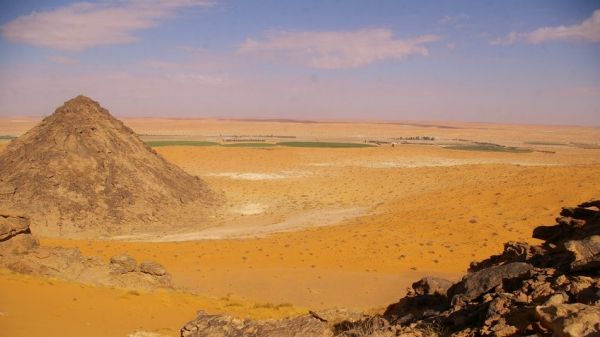Recent archaeological and paleoenvironmental research in the Arabian Peninsula shows a range of societal responses to a series of extreme climatic and environmental fluctuations over thousands of years. These responses include migration, increasing population mobility, the introduction of pastoral lifeways, the management of water resources, and the construction of diverse structures to aid survival. Present-day constraints mean that many of these options are not available to populations living in the region today.
Today, the Arabian Peninsula is one of the most arid regions in the world. But its climate has not always been the same, and the past has seen both greater aridity and more humidity at different points in time. As a region at risk of water stress in a heating world, Arabia is of significant interest to scientists studying climate change.
In the current study, archaeologists from the Max Planck Institute for the Science of Human History in Jena, Germany, conduct the first detailed comparison of human-environment interactions across Arabia, examining southeastern Arabia and the emerging record from northern Arabia. They find that ancient peoples responded to climate changes in a variety of ways, based on the region in which they lived and the environmental, social and technological resources available to them.
Continue reading at Max Planck Institute
Image via Max Planck Institute


